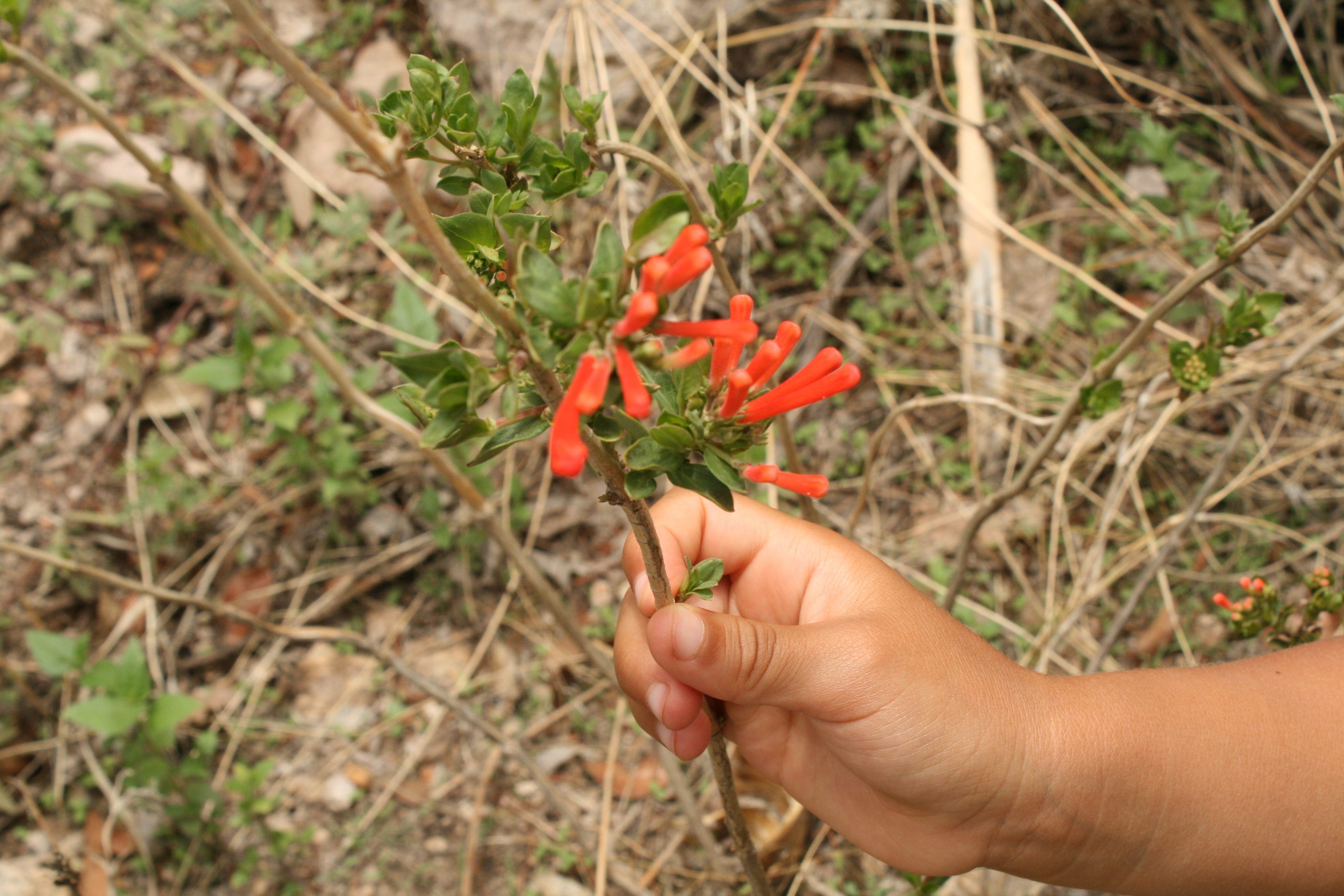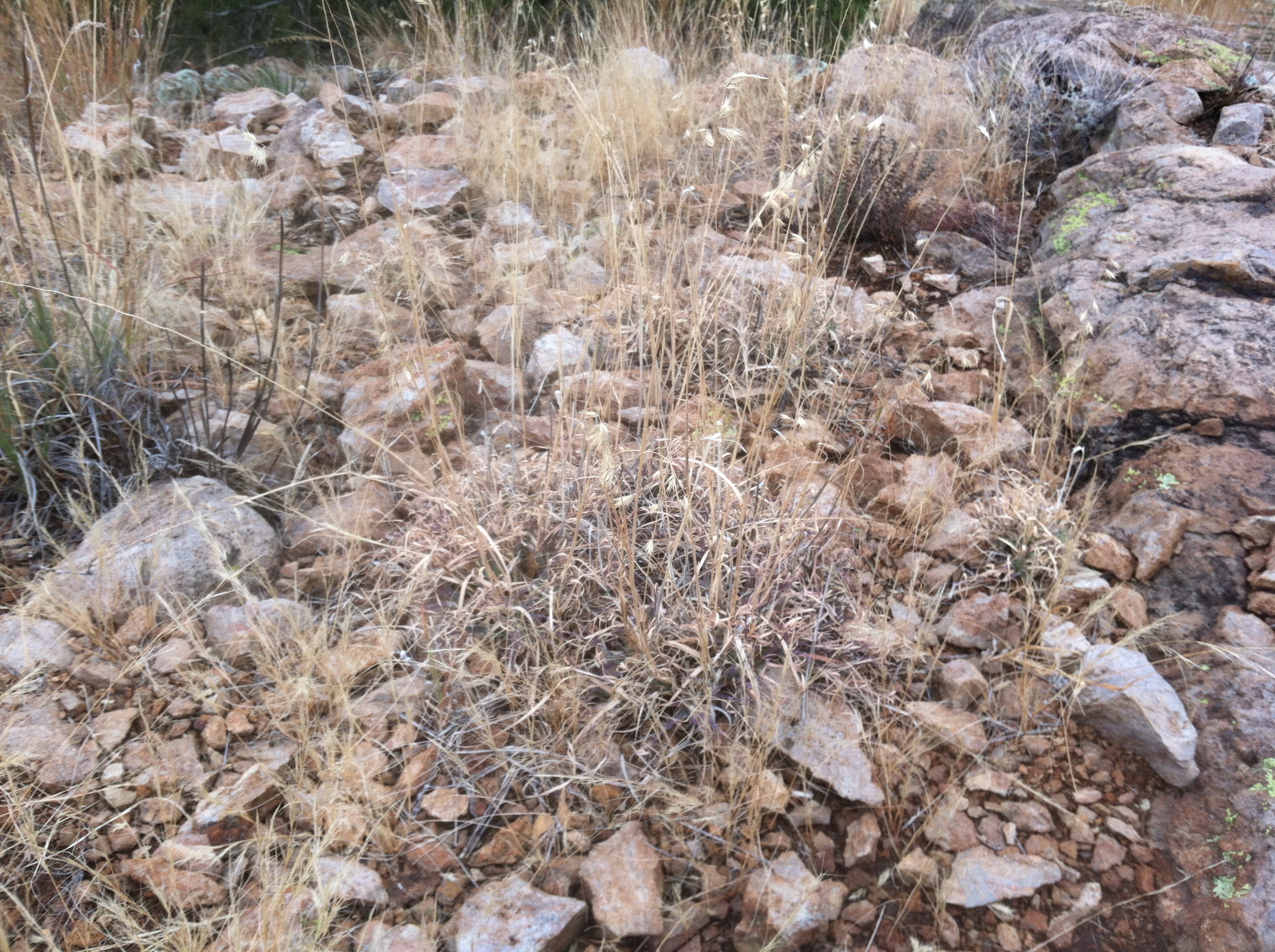Oh my goodness, there are beetles, bees and moths that visit the open flowers of Calylophus harwegii from late afternoon and through the night. Some of the wing spans that loomed in my headlights as we drove down Dragoon Road were quite large and I’m guessing those were hawk moths, but what species? I’m going to plant some more Calylophus around out little homestead and observe the evening visitors. Research!
Hartweg’s sundrops (Calylophus hartwegii) is also a commercial landscape plant, and you’ll see it in highway medians, in the right of way or in front of office buildings. I guess you could say it’s a successful native plant. Harumph! Having flowers open for cool native pollinators, now that’s successful. I suggest a visit to where you’ll find it in habitat. Some grassy plains or rocky slopes above 3,500 ft. in the borderlands should do the trick. Hey, you could drive over to Dragoon! Then it’s guaranteed.

If I want to grow sundrops, and of course I do, cuts will work, but I think I’m going to gather and plant seed and you’ll find me in the greenhouse singing:
Germinating rhythms, little cotyledons,
Tiny rooting radicles, on plants that I’ve been seeding.

“Oh, Wilderness were Paradise enow!” I know, often overused, but that line from the Rubaiyat fits the way I’ve always felt about getting out...

Petey jabbers on and on about some native bunch grasses. Fall is certainly the time to get out and visit the vast grasslands in...

Talking about desert broom (Baccharis sarothroides) is a November tradition and so is singing an old hymn that I like to play with. The...